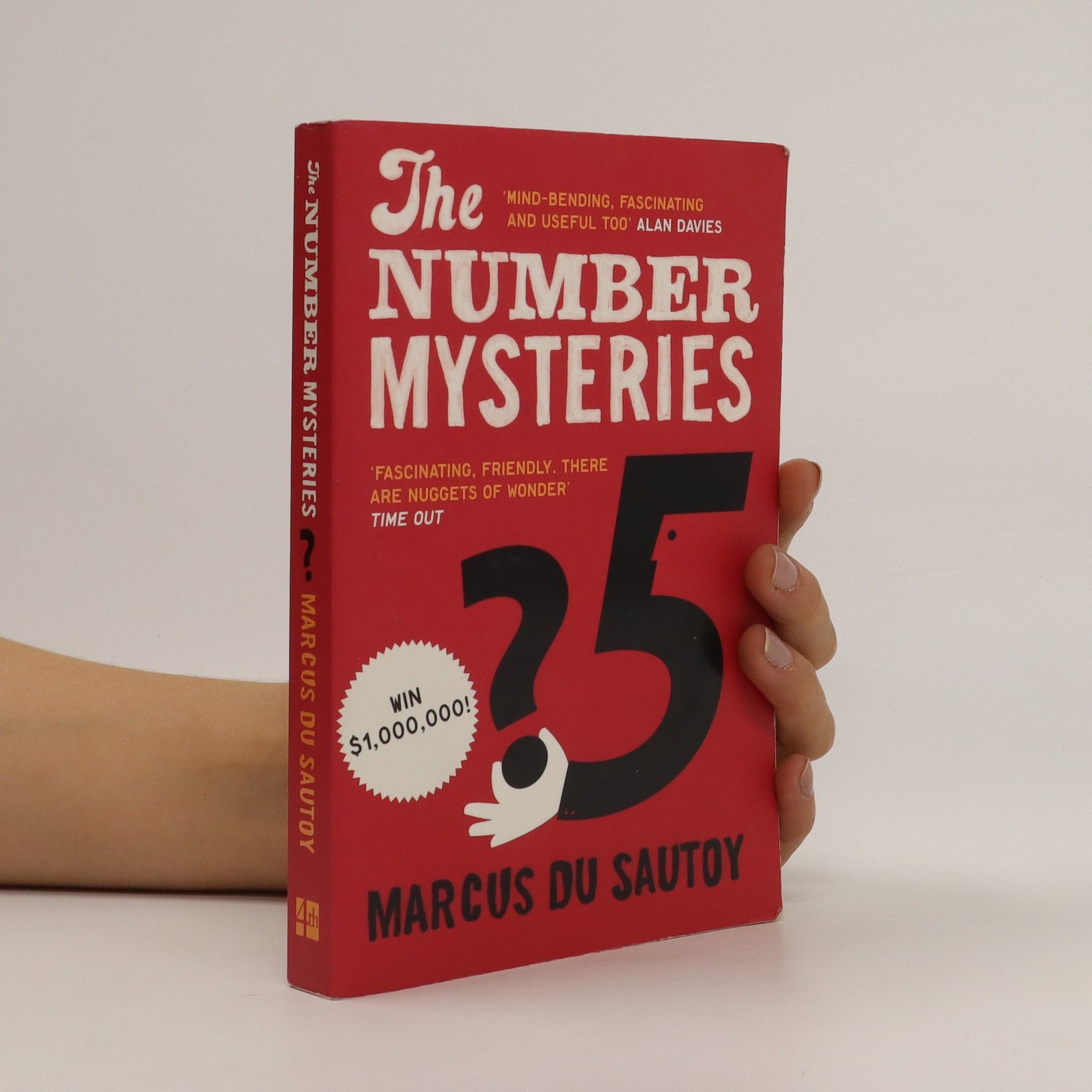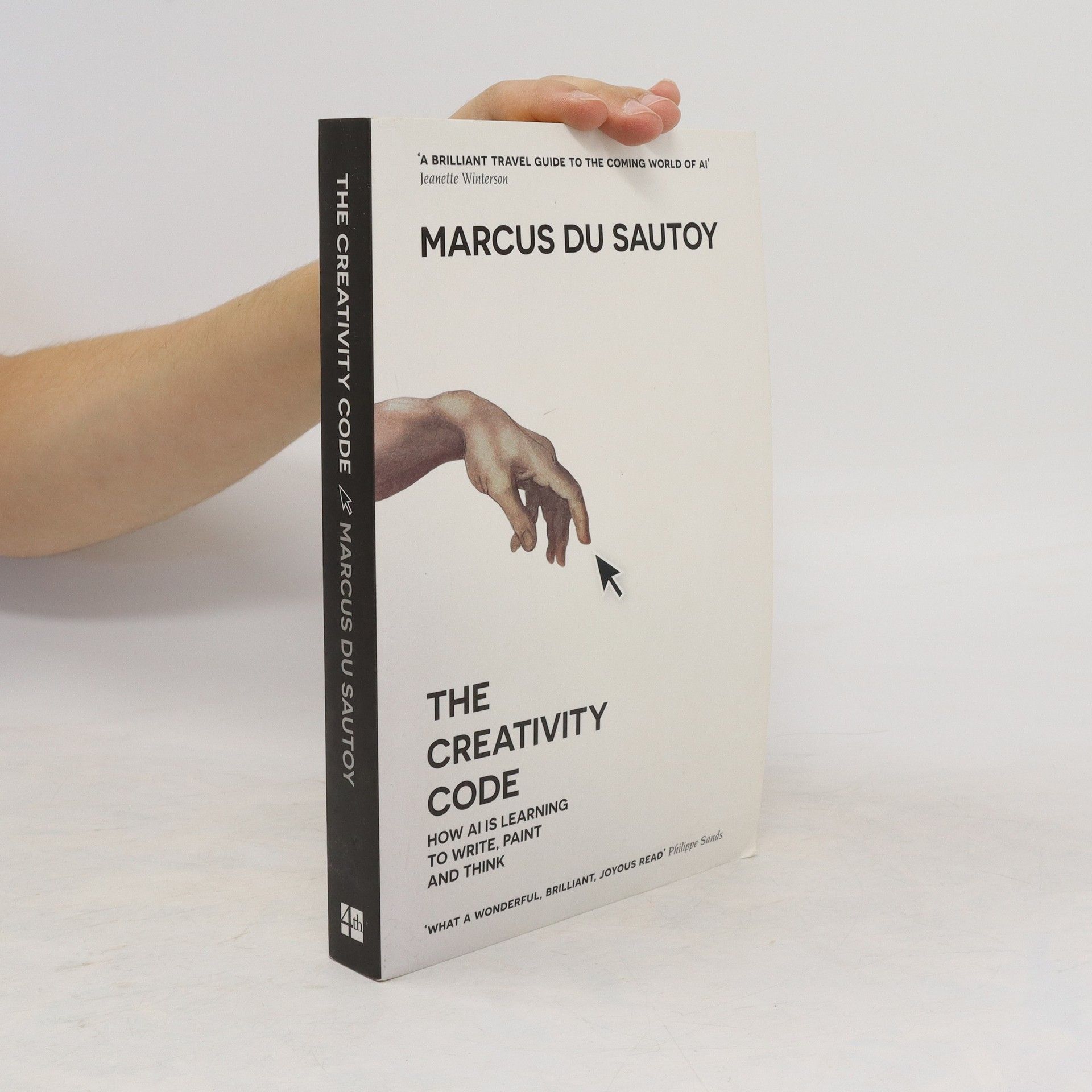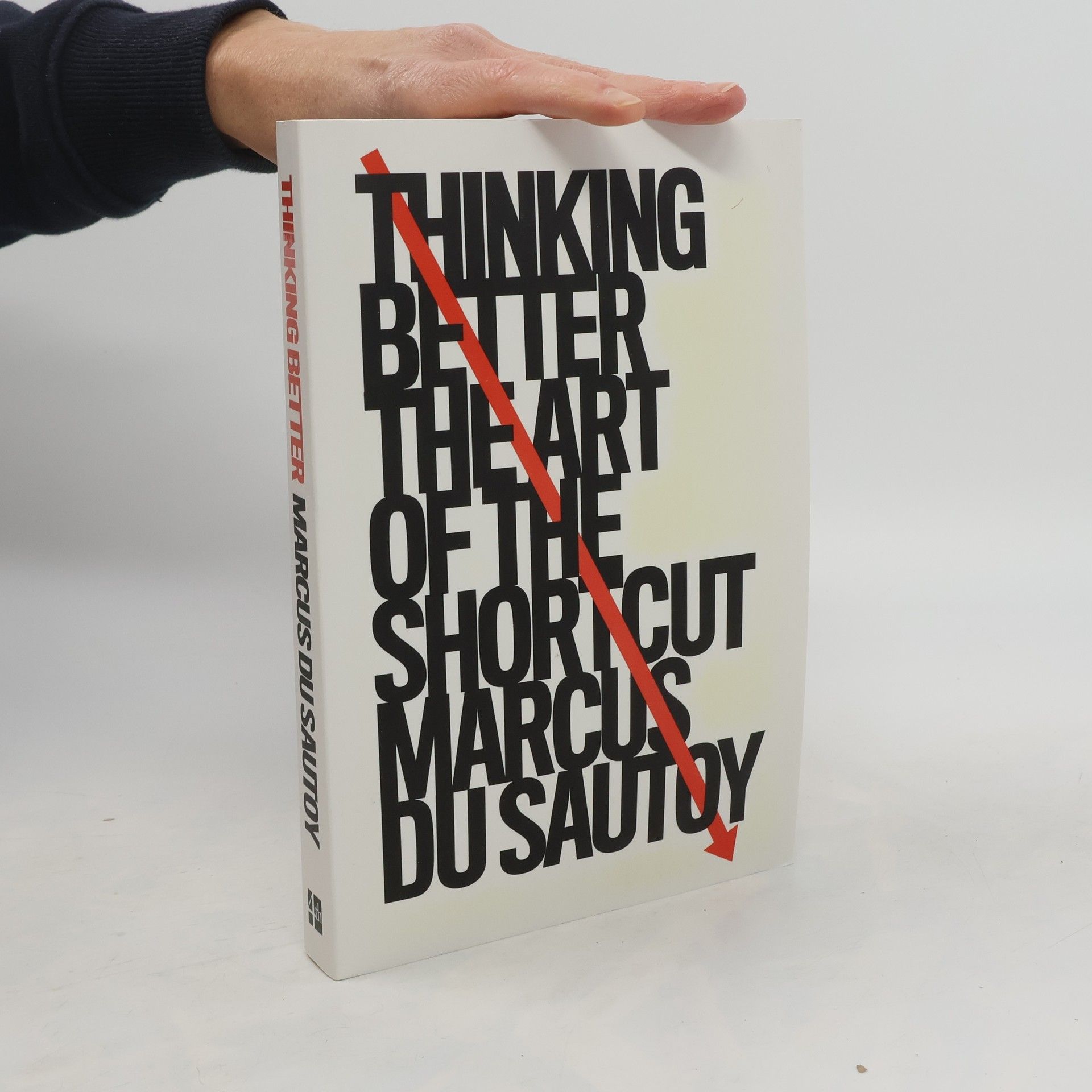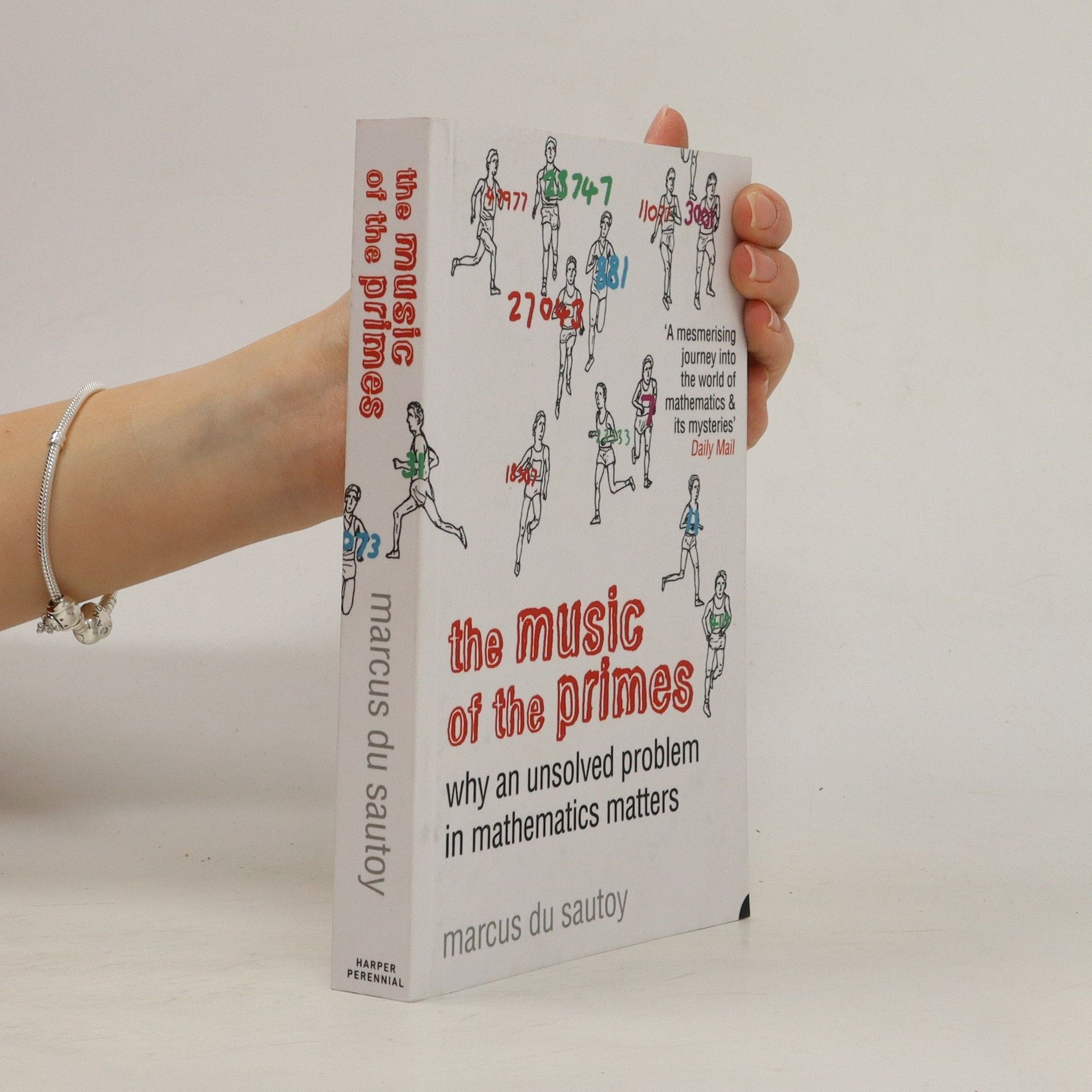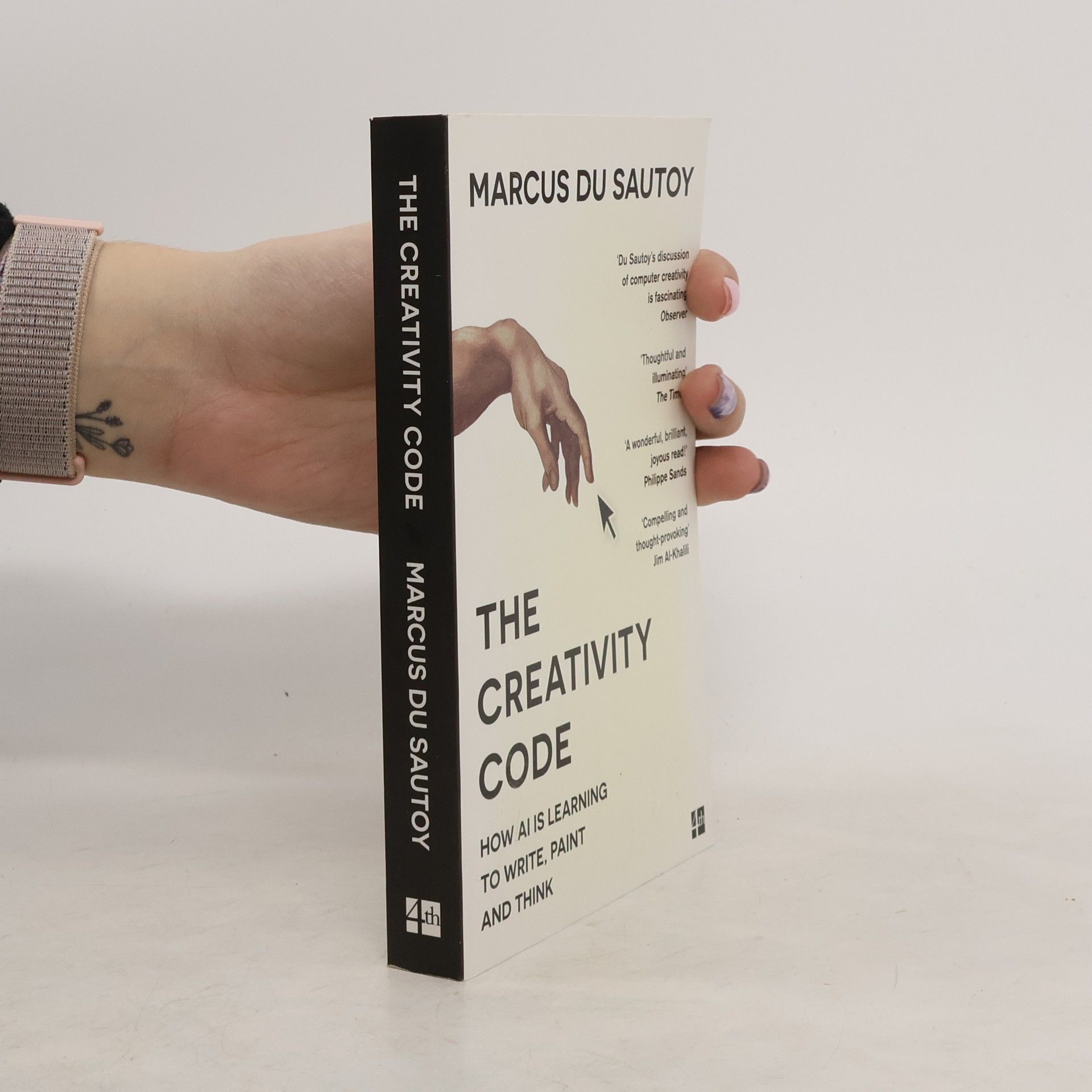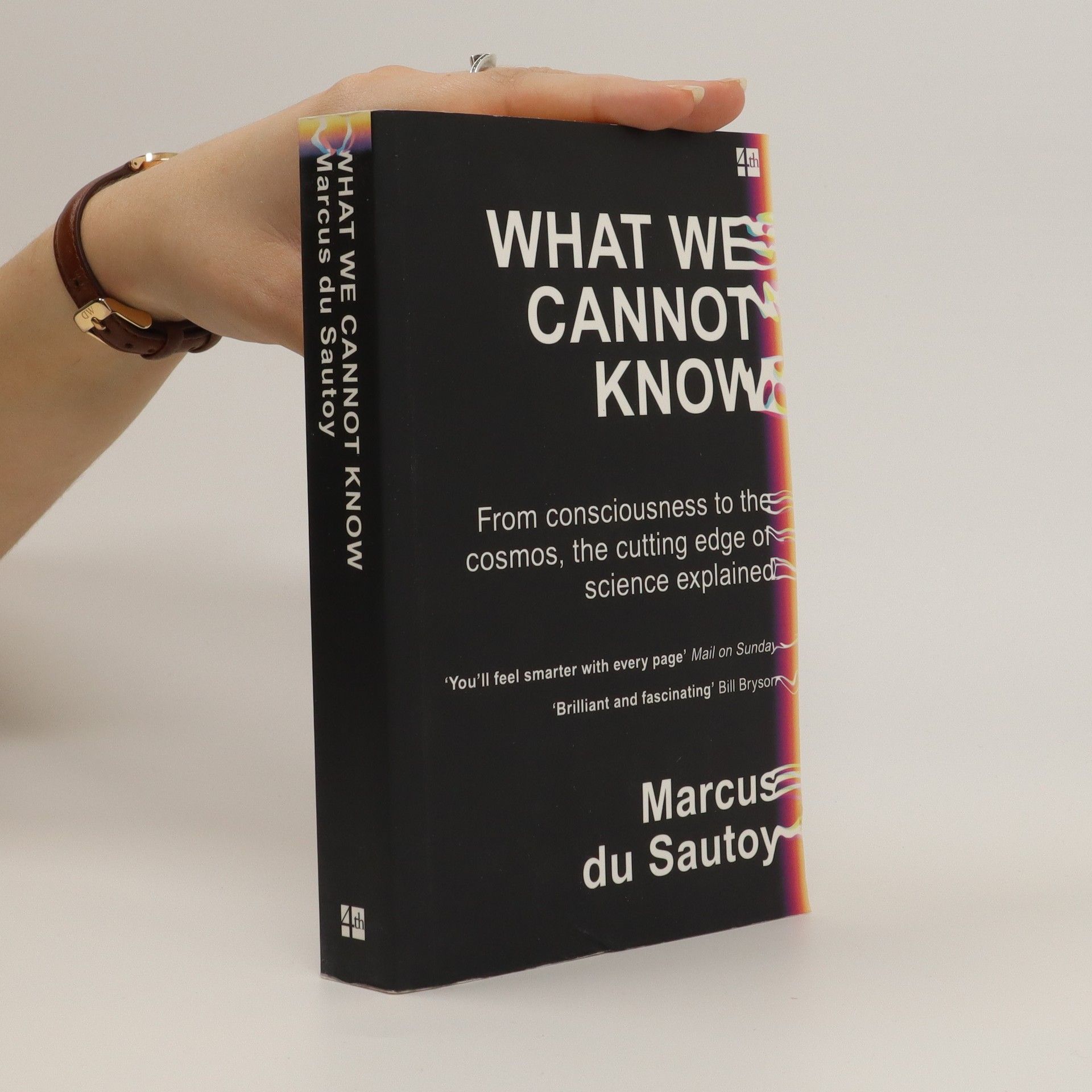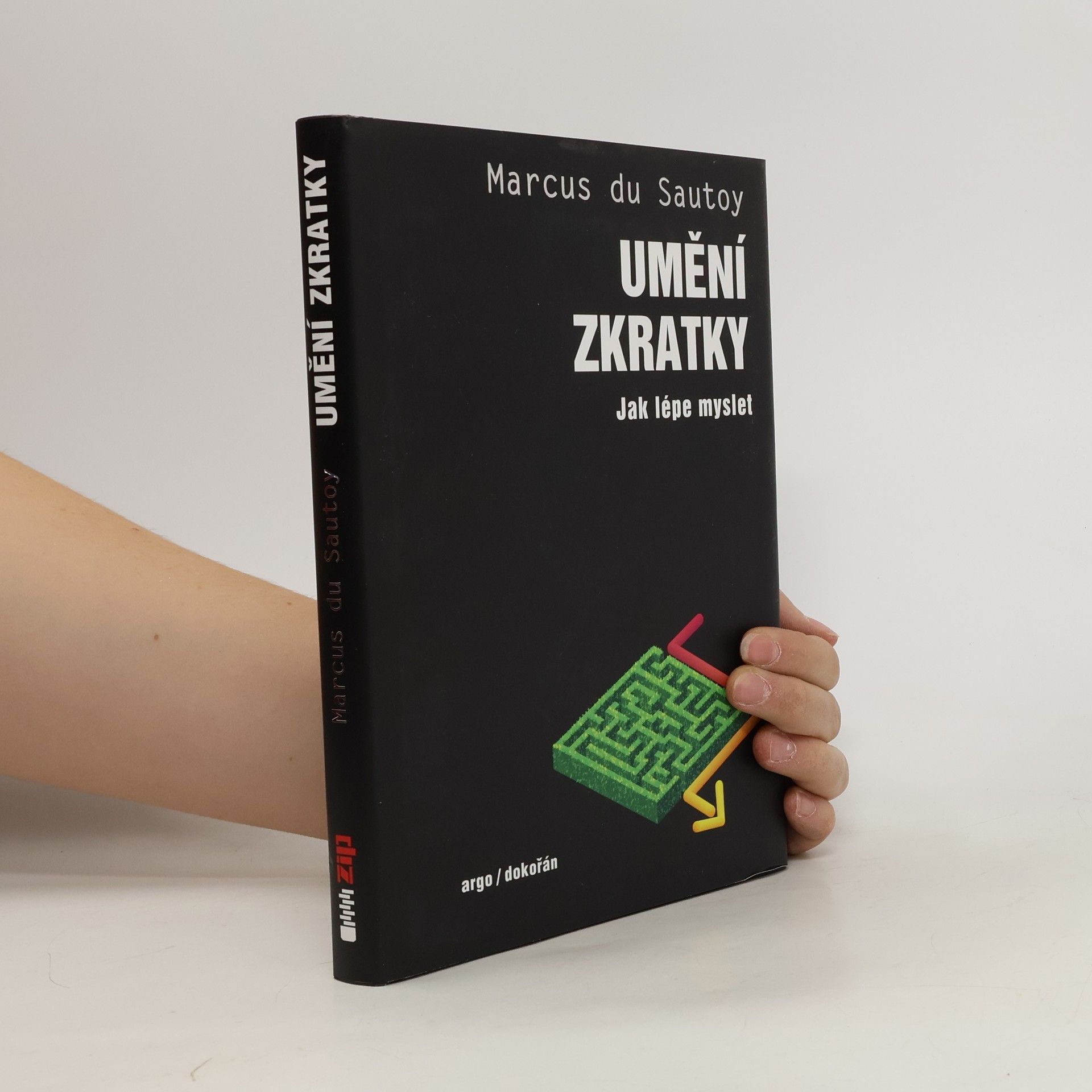Blueprints
- 304 pages
- 11 hours of reading
An award-winning mathematician and Oxford professor looks to the arts to uncover the key mathematical structures that underpin both nature and human creativity. Many of the artists that we encounter are completely unaware of the mathematics that bubble beneath their craft, while some consciously use it for inspiration. Our instincts might tell us that these two subjects are incompatible forces with nothing in common - mathematics being the realm of precise logic and art being the realm of emotion and aesthetics - but what if we're wrong? Blueprints asks us to consider that mathematics and art may not be polar opposites after all. Their complementary relationship spans a vast historical and geographic landscape, from the earliest stone circles to Mozart's obsession with numbers and the radically modern architecture of Zaha Hadid. Whether we are searching for meaning in an abstract painting or finding patterns in poetry, there are blueprints everywhere: symmetry, prime numbers, the golden ratio and more. In this bold and philosophical exploration of human creativity, Marcus du Sautoy unpacks how we make art, why a creative mindset is vital for discovering new mathematics, and how a fundamental connection to the natural world intrinsically links these two subjects.

